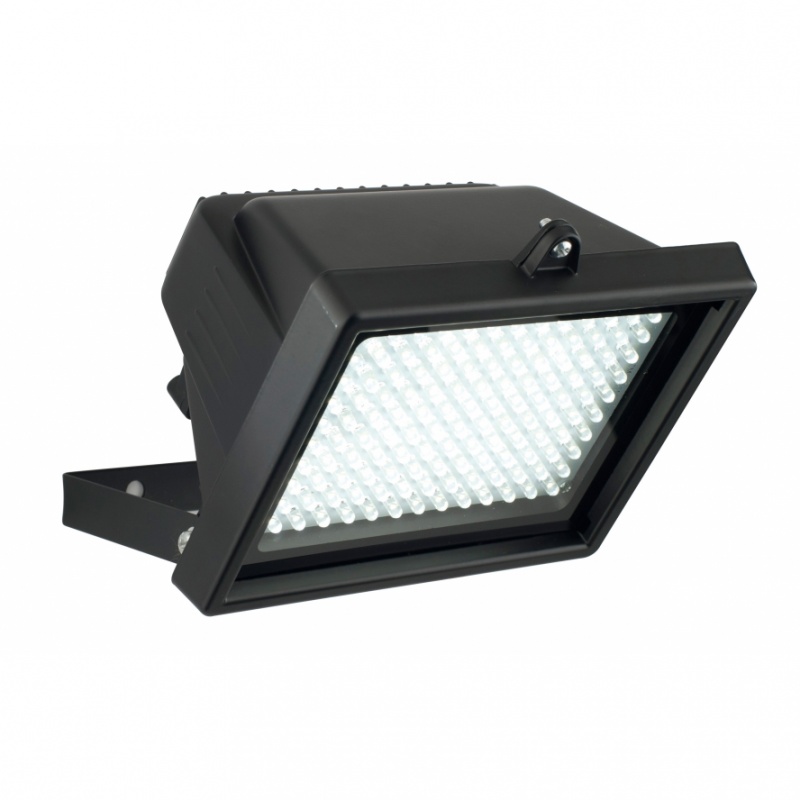

Going lower lowers the inrush, but unless the OP plans to abuse the light by disco blinking it, it doesn't matter because it has to be designed for some quite high number of on/off cycles (often stated in the specs, even) at full rated voltage. Inrush current obviously is linearly related to the input voltage (AC or DC). But the capacitor ESR loss in such circuits often isn't that much to begin with. Going for DC completely removes the capacitor ESR loss. Obviously the cap must be sized to handle it. You are right though that peaky current affects the capacitor power dissipation. But only using two diodes out of the diode bridge really doubles the average current, this is not insignificant. So as long as the peak current is within specifications, it's OK. Average current for peaky or more steady current flow is the same, so is heat generated in the diode. Besides, given that power loss in diode isn't I^2*R but more like I*Vf, diodes handle peak currents quite well in other words, diodes are always rated for average current (look at any diode datasheet) because that defines the die heating, not RMS current like with MOSFETs or capacitor ESR.

If the device in question really works at 30VDC, that's a clear sign the diode conduction duty cycle is much longer, and the ratio of peak to average current more benign. You are simulating a circuit with extremely crappy power factor. After this, the device can't be connected to AC supply and correct DC polarity must be applied. The obvious, and very easy modification is to remove and bypass the bridge rectifier. I know AC rated power supplies are widely used on DC and I do that myself, too, but it's good to know about the potential pitfalls. Depending on package, the highest temperature may not be on the diode case but on one of the legs. For example, run for an hour at the hottest environment you'll ever use it at, use a thermocouple (or a thermal camera) to measure the diode temperature. So the temperature of the diodes is definitely worth monitoring. There may not be a DC rating available at all! So it's obvious for a designer to look at the average current number and choose a suitable part if not generously derated, it's then not suitable for DC. Many integrated diode bridges are not even rated as single diodes but list the maximum average output current assuming sinusoidal AC input. BOM and purchasing is funny, though, sometimes a manufacturer can find a higher rated part for cheaper than a lower rated. Extreme derating rarely takes place in cost optimized mass produced cheap electronics. I don't see why a bridge rectifier would be "highly likely extremely de-rated". Unless the capacitor is really badly undersized. Current spikes from charging from a sinusoidal waveform also are far from "huge". Nominal voltage is 3.Mains 100/120Hz ripple current rarely is problematic to the filter cap anyway capacitors often die in switch mode supplies, but the large cap after the diode bridge seldom is the one dying.
#Black and decker flood light portable
Lightweight & portable From school to office to workshop, ideal for at-home use or on the go.Rechargeable battery No need to have extra batteries on hand.Anytime, anywhere light From home repair to late-night reading, a flexible gooseneck directs space or directional light where you need it.


An adaptable and versatile light, the BLACK+DECKER SNAKELIGHT is made for you to enjoy! Whether tackling household repairs, working at your desk or enjoying moments that put a smile on your face, the BLACK+DECKER Snake Light is unique and flexible, and can transform to your needs.


 0 kommentar(er)
0 kommentar(er)
